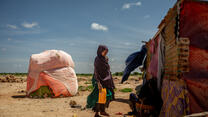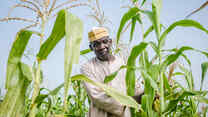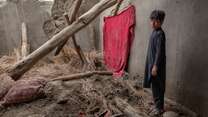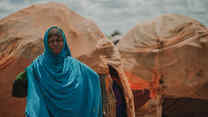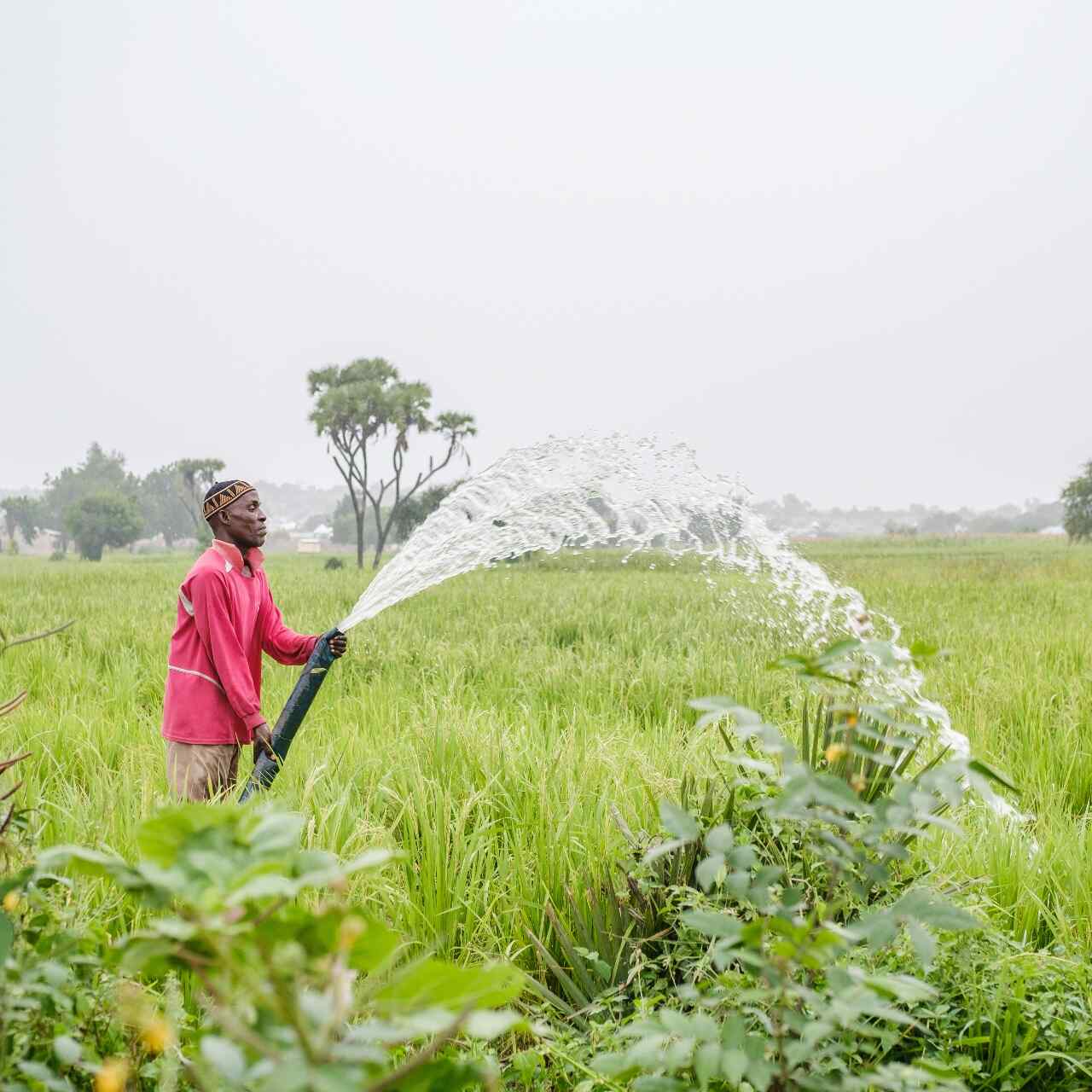
Climate finance is essential in helping the world’s most vulnerable communities cope with the growing impacts of climate change. By providing resources for adaptation, resilience building and anticipatory action, climate finance enables countries to mitigate climate risks and safeguard livelihoods, particularly in regions facing both conflict and climate shocks.
Below, learn more about climate finance and how we can support the communities that stand to benefit the most.
What is climate finance?
Climate finance refers to funding and other resources used to take action against climate change through investments in adaptation, mitigation and resilience. It is an essential tool that can come from a range of sources, including national governments, international organizations, private businesses and grassroots fundraising campaigns.
During the COP15 climate summit, held in 2009, world leaders pledged to mobilize $100 billion annually in climate financing by 2020 to support climate action in developing countries. This promise was not kept.
Donors must both fulfill the $100 billion-per-year climate pledge and drive funding to the world’s most vulnerable countries, ensuring that communities finally have the resources needed to more effectively respond to the impacts of the climate crisis.
What are some examples of climate finance?
The IRC leverages climate finance to introduce innovative approaches, improve adaptation and mitigate the effects of climate change where it is most needed. In Syria, we are working with farmers to identify and provide seeds that are most adaptable to the changing climate, encouraging local farmers to adapt to the effects of climate change.
As part of this project, the IRC is also promoting women’s participation in agriculture while scaling up the use of higher-yielding, climate-resilient seeds. We have expanded this project to Pakistan, Niger and South Sudan to improve the efficiency and sustainability of farming practices in these regions.
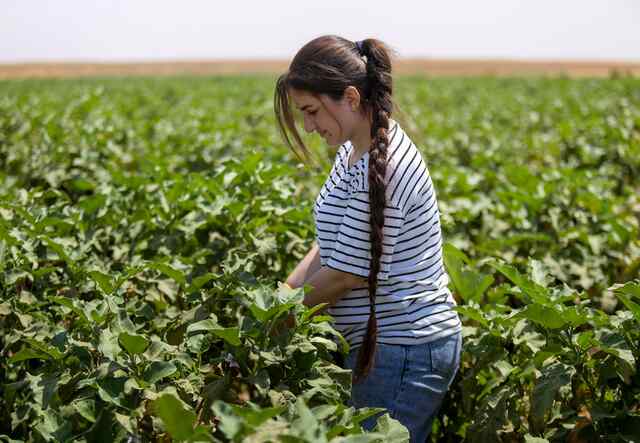
The IRC also conducted a research pilot program in Nigeria that provided cash assistance to flood-prone communities before a flood occurred. This proactive approach differs from traditional methods, which typically deliver aid only after a climate-related disaster strikes. Despite the ability to predict 20% of disasters, only 1% of global development assistance is currently allocated to anticipatory action.
The results of the IRC’s pilot in Nigeria highlight the importance of climate financing for anticipatory programming. Households that received cash assistance before a flood experienced lower rates of hunger compared to those who received aid afterward. Anticipatory cash empowered recipients with the resources to protect their livelihoods, enabling them to take preemptive measures such as stockpiling food and evacuating households and livestock ahead of the disaster. Additionally, recipients invested more in income-generating activities, suggesting that this approach can help build long-term resilience.
The evidence is clear: anticipatory action empowered the IRC’s clients to better prepare for and withstand disaster, and return to normalcy once the immediate crisis subsided.
Learn more about the IRC’s climate programming.
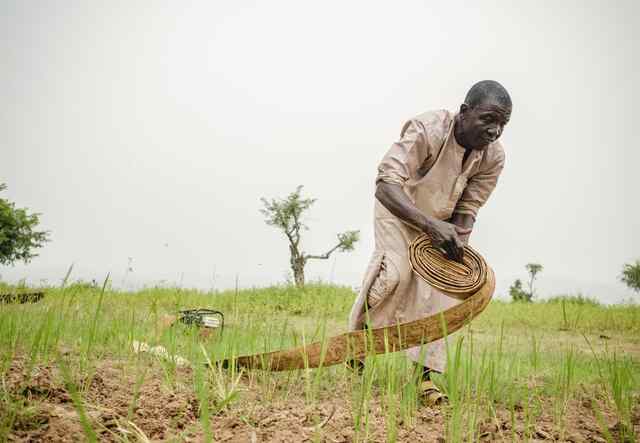
Which countries need climate finance?
The IRC has identified 17 countries that are simultaneously impacted by climate change and conflict—communities in these countries urgently need climate finance to safeguard themselves from the climate crisis. Despite being home to only 10.5% of the world’s population and emitting just 3.5% of the annual global greenhouse gas emissions, these 17 countries account for 71% of global humanitarian needs.
Unfortunately, these communities are routinely excluded from international climate efforts. The more fragile a country is, the less climate financing it receives. A significant portion of the aid sent to these countries is often misdirected and fails to achieve its intended purpose, focusing on emission mitigation rather than climate adaptation, resilience and anticipatory action.
Global donors can change outcomes for conflict-affected, climate-vulnerable countries through equitable distribution of climate finance, prioritizing adaptation efforts and committing 5% of humanitarian budgets to anticipatory action. Leaders must also ensure that the wider $100 billion-per-year climate pledge is met.
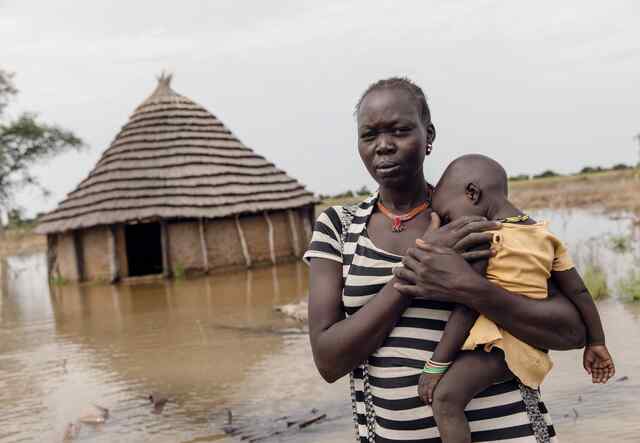
How can leaders improve the delivery of climate finance?
Amid the global climate crisis, mitigation and adaptation efforts serve as critical lifelines for communities most affected by climate shocks—especially those lacking the resources to cope. In order to enable climate mitigation and adaptation, the IRC urges world leaders to improve the delivery of climate finance by:
- Increasing funding for resilience, adaptation and anticipatory action in communities grappling with conflict and climate change. Examples of the sort of adaptation and resilience solutions that need greater investment include: strengthening seed security in the face of climate shocks; bolstering anticipatory action programs to anticipate and stymy the impact of predictable climate hazards; and bolstering disaster risk reduction to minimize damage from climate hazards.
- Ensuring climate finance reaches underserved communities and complements development and humanitarian efforts, by earmarking 18% of all adaptation finance for climate vulnerable and conflict-affected countries; establishing a 50-50 sub-target balance between mitigation and adaptation finance, and ensuring loss and damage funds are accessible to conflict-affected countries through partnerships with civil society and local actors.
- Delivering climate adaptation in conflict-affected regions requires a people-first approach, with flexible partnerships that prioritize local actors who understand the needs and dynamics of these communities. To truly reach the most vulnerable, donors must move beyond the traditional exclusive reliance on national governments and embrace a more flexible approach to delivery partners. This means enhancing partnerships with NGOs that can access communities that are beyond the reach of governments, particularly in fragile settings.
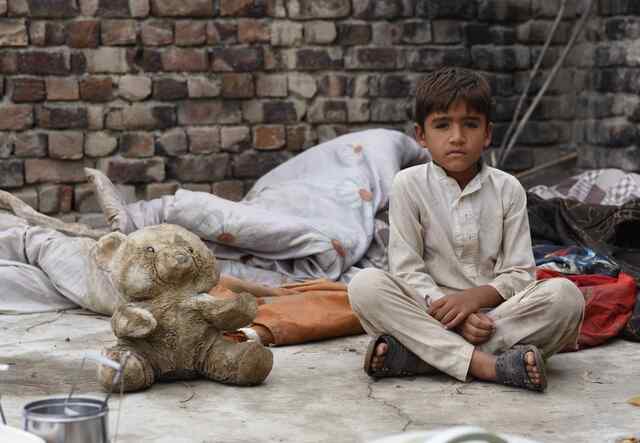
What is the IRC doing to address climate change?
The IRC is working hard in the countries most vulnerable to climate change. Our teams focus on climate adaptation, climate resilience and crisis response. The IRC responds to local crises while strengthening community resilience and capacity to adapt to a changing climate.
Our work includes anticipatory action against climate hazards, supporting community-led natural resource management and water conservation, and training people in sustainable livelihoods—all while putting the needs of women and girls at the center of our work.
Learn more about how the IRC is addressing climate change.
*Pseudonym used for privacy
